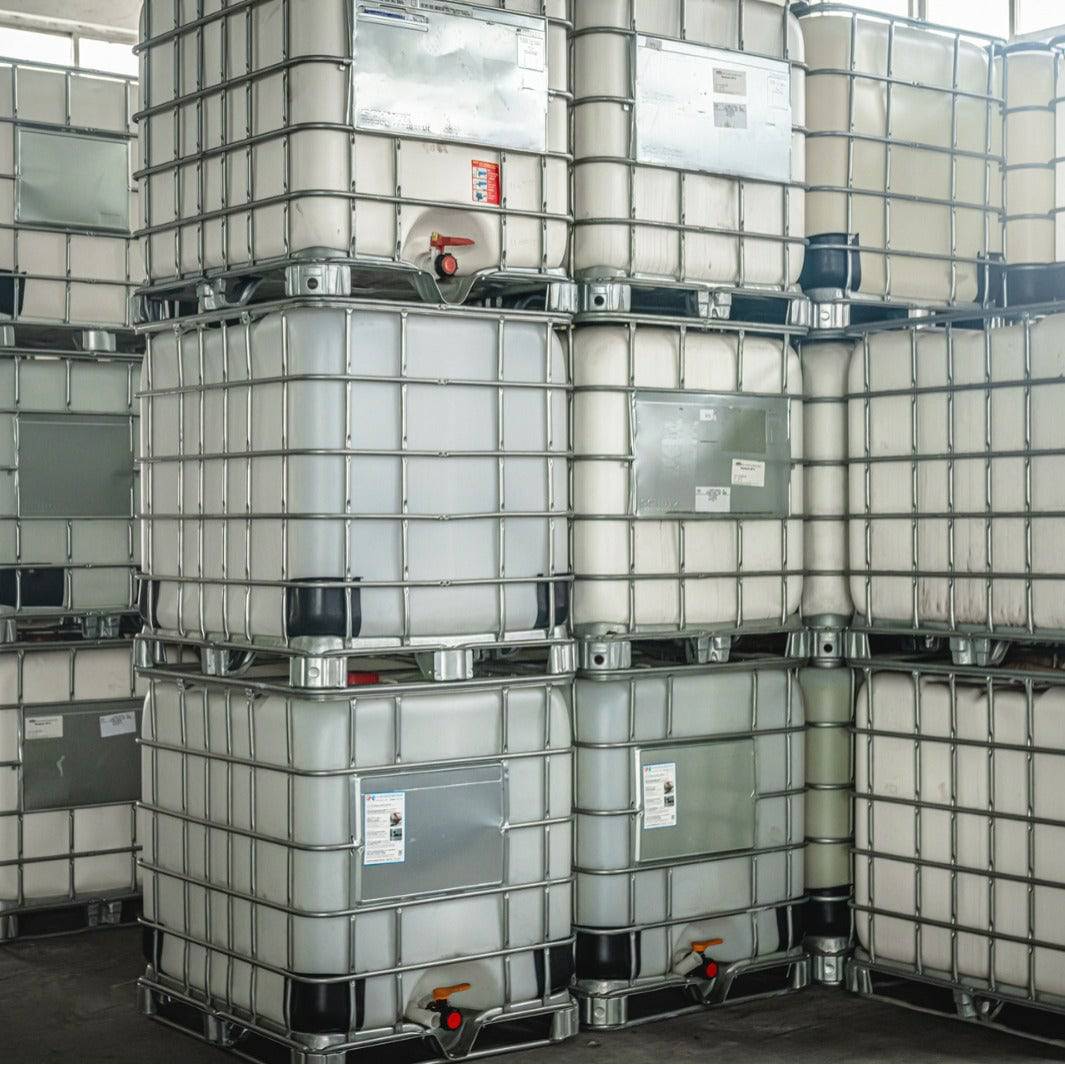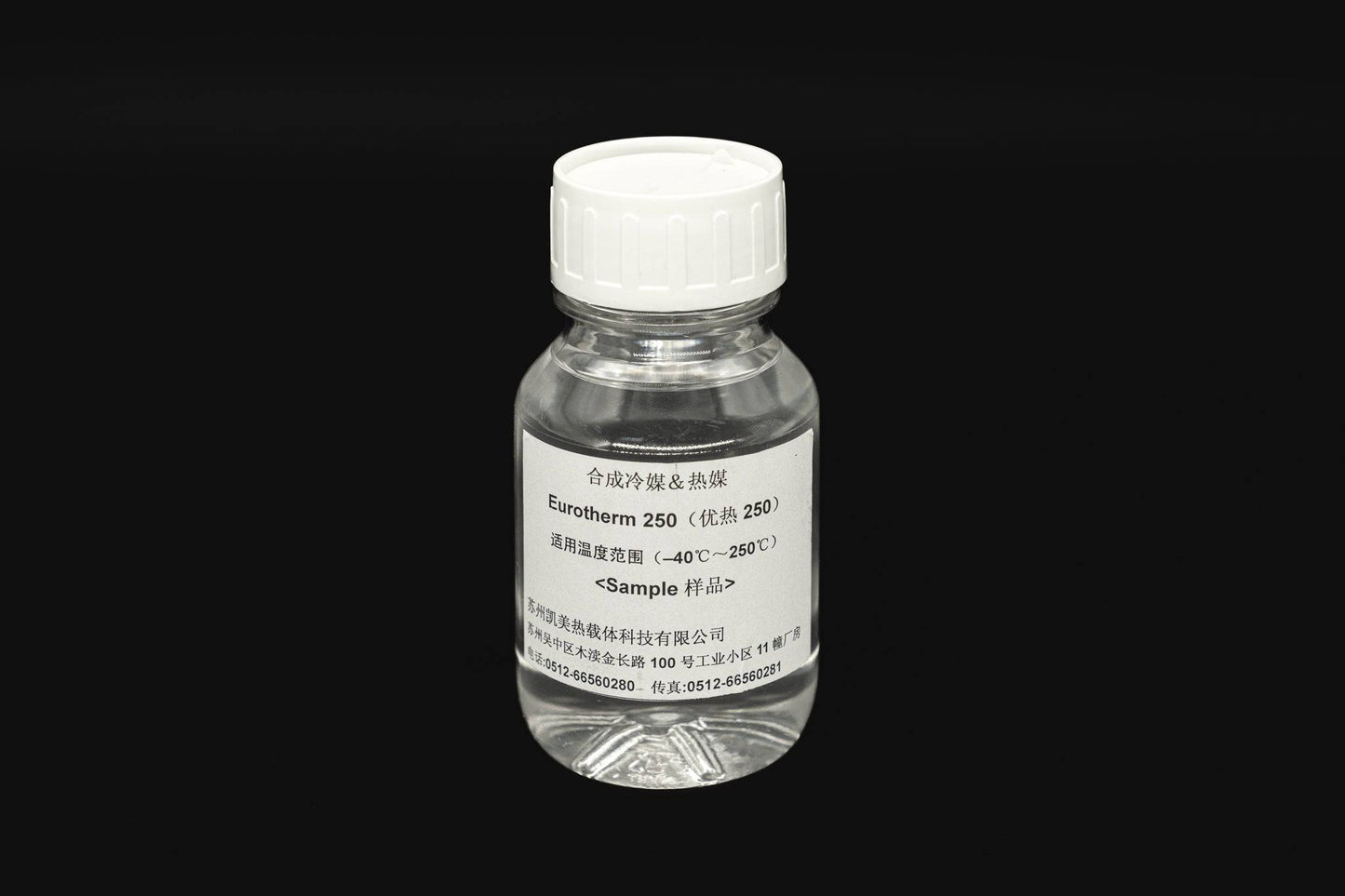Little Known Questions About Chemie.
Table of ContentsChemie Can Be Fun For EveryoneWhat Does Chemie Mean?Indicators on Chemie You Should KnowSome Known Questions About Chemie.9 Simple Techniques For ChemieThe Facts About Chemie Revealed
(https://sketchfab.com/chemie999)Calculated modification in electrical conductivity of fluid examples as a feature of time when mixed with the material sample in the closed indirect cooling loophole experiment. Number 6 reveals the adjustment in the determined electrical conductivity of the fluid samples when stirred with the material sample. The conductivity of the water example from the shut loop experiment reduced by approximately 70% from 11.77 S/cm to 3.32 S/cm in six hours.These results showed that the capability of the resin depends on the test liquid utilized for the experiment. This shows that different ions existing in the liquid will cause various ion exchange capability of the fluid. Therefore, computing the ion exchange material capability with the liquid sample from the real cooling loop is essential.
All About Chemie
For that reason, an ion exchange material cartridge consisting of 20g of Dowex mixed bed resin might take on order 938 days to fill. In various other words, to keep a reduced electrical conductivity, a resin cartridge with the dimension and weight spec as that of the material cartridge used in the experiment, need to be altered every 30 months for the air conditioning system that was made use of in the experiment
The cooling of digital components has actually come to be a major difficulty in current times because of the advancements in the layout of faster and smaller sized parts. As an outcome, various cooling innovations have actually been established to successfully eliminate the heat from these elements [1, 2] Making use of a liquid coolant has actually come to be eye-catching as a result of the greater warm transfer coefficient attained as contrasted to air-cooling.
Not known Facts About Chemie
A single stage cooling loophole consists of a pump, a warm exchanger (chilly plate/mini- or micro-channels), and a warm sink (radiator with a fan or a liquid-to-liquid heat exchanger with cooled water air conditioning). The heat source in the electronics system is affixed to the warm exchanger. Fluid coolants are also used in two-phase systems, such as warm pipes, thermo-siphons, sub-cooled boiling, spray air conditioning, and straight immersion systems [2, 4]
The requirements may vary depending on the type of application. Adhering to is a listing of some general needs: Great thermo-physical buildings (high thermal conductivity and particular heat; reduced thickness; high concealed warmth of evaporation for two-phase application) Reduced cold point and burst point (in some cases burst protection at -40 C or reduced is needed for delivery and/or storage space purposes) High climatic boiling point (or low vapor stress at the operating temperature) for single phase system; a slim preferred boiling point for a two-phase system Excellent chemical and thermal security for the life of the electronics system High flash point and auto-ignition temperature (occasionally non-combustibility is a demand) Non-corrosive to materials of building and construction (metals along with polymers and various other non-metals) No or very little regulatory restraints (eco-friendly, safe, and possibly biodegradable) Economical The most effective electronics coolant is an affordable and safe fluid with excellent thermo-physical residential properties and a long life span.
The Ultimate Guide To Chemie
The majority of these liquids have a non-discernible smell and are nontoxic in instance of call with skin or consumption. As pointed out in the past, aliphatic PAO-based fluids have changed the silicate-ester fluids in a variety of army electronic devices (and avionics) cooling Learn More Here applications in the last years. One more class of preferred coolant chemistry is dimethyl- and methyl phenyl-poly (siloxane) or frequently referred to as silicone oil.
Fluorinated substances such as perfluorocarbons (i.e., FC-72, FC-77) hydrofluoroethers (HFE) and perfluorocarbon ethers (PFE) have certain unique residential properties and can be made use of in call with the electronics [4, 8] To start with, these liquids are non-combustible and safe. Some fluorinated compounds have zero ozone depleting prospective and other ecological homes.
This coolant is classified as toxic and ought to be taken care of and disposed of with treatment. The top quality of water utilized for the prep work of a glycol remedy is very crucial for the system.
An Unbiased View of Chemie

Aside from lack of toxicity, it has no advantages over ethylene glycol, being greater in cost and more thick. This is a low expense antifreeze remedy, finding usage in refrigeration services and ground source heatpump. Comparable to glycols, this can be inhibited to quit corrosion. This fluid can be utilized to -40 C due to its fairly high price of warmth transfer in this temperature level variety.
It is thought about more hazardous than ethylene glycol and consequently has actually discovered use only for process applications located outdoors. Methanol is a combustible fluid and, as such, presents a prospective fire hazard where it is saved, managed, or utilized.
Rumored Buzz on Chemie
As a flammable liquid, it needs particular safety measures for dealing with and storage. Liquid solutions of calcium chloride discover large use as flowing coolants in food plants. It is non-flammable, non-toxic and thermally a lot more reliable than the glycol services. A 29% (by wt.) calcium chloride remedy has a freezing factor listed below -40 C.
